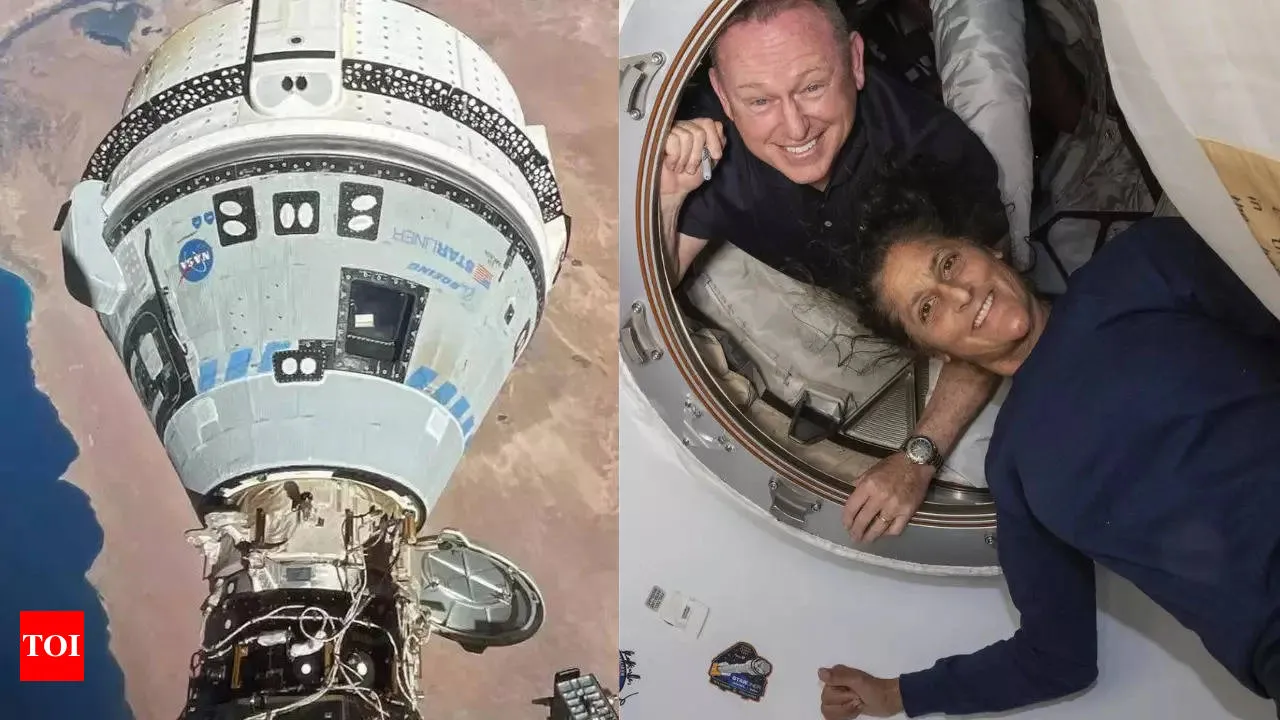Boeing Starliner Spacecraft Makes Safe Landing, Nasa's Critical Decision to Exclude Astronauts

Boeing Starliner Spacecraft Achieves Successful Landing
Boeing's Starliner spacecraft made a successful return to Earth over the weekend, marking a key moment in its mission despite facing numerous technical failures and delays. After departing from the International Space Station six hours earlier, the spacecraft parachuted into New Mexico’s White Sands Missile Range, landing on autopilot in the desert darkness. The mission, which aimed for a crew debut, was marred by challenges including thruster malfunctions and helium leaks.
Nasa's Decision on Astronauts from Starliner
Despite the successful landing, Nasa made the critical choice to not have astronauts Butch Wilmore and Sunita Williams on board Starliner, opting instead for a SpaceX Crew Dragon transport back to Earth. This decision was a precautionary measure following serious issues encountered during the mission. Nasa's commercial crew program manager, Steve Stich, confirmed the decision was based on the general safety of the crew, emphasizing Nasa's commitment to safety as its core value.
Insights Gained from Starliner's Challenges
- Boeing argued for the safety of Starliner but faced hurdles with thruster performance.
- Some thrusters failed while en route to the ISS, raising concerns about the spacecraft’s reliability.
- Nasa and Boeing learned valuable lessons despite the setbacks of this mission.
The Future of Boeing Starliner
Looking ahead, the future of Boeing and its Starliner spacecraft remains uncertain. Industry analysts suggest Boeing might reconsider its role in manned spaceflight due to ongoing challenges and cost overruns. As discussions about the capsule's future continue, Nasa and Boeing focus on analyzing data from this recent mission before making further plans.
This article was prepared using information from open sources in accordance with the principles of Ethical Policy. The editorial team is not responsible for absolute accuracy, as it relies on data from the sources referenced.